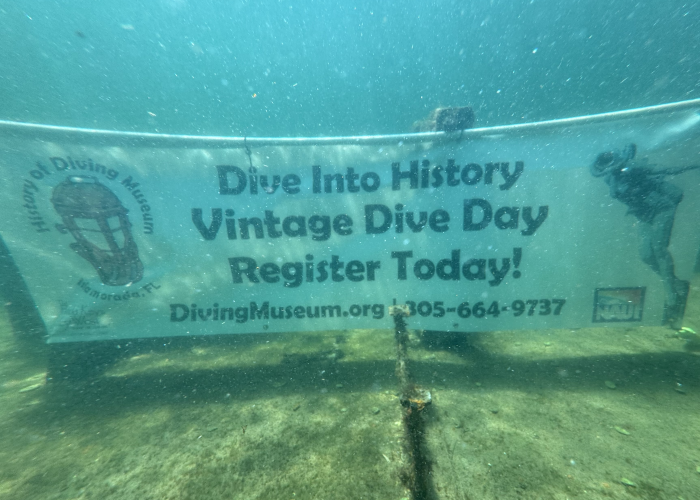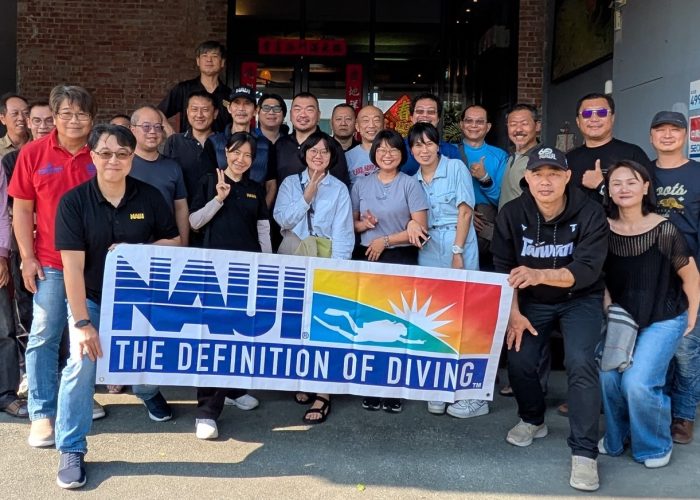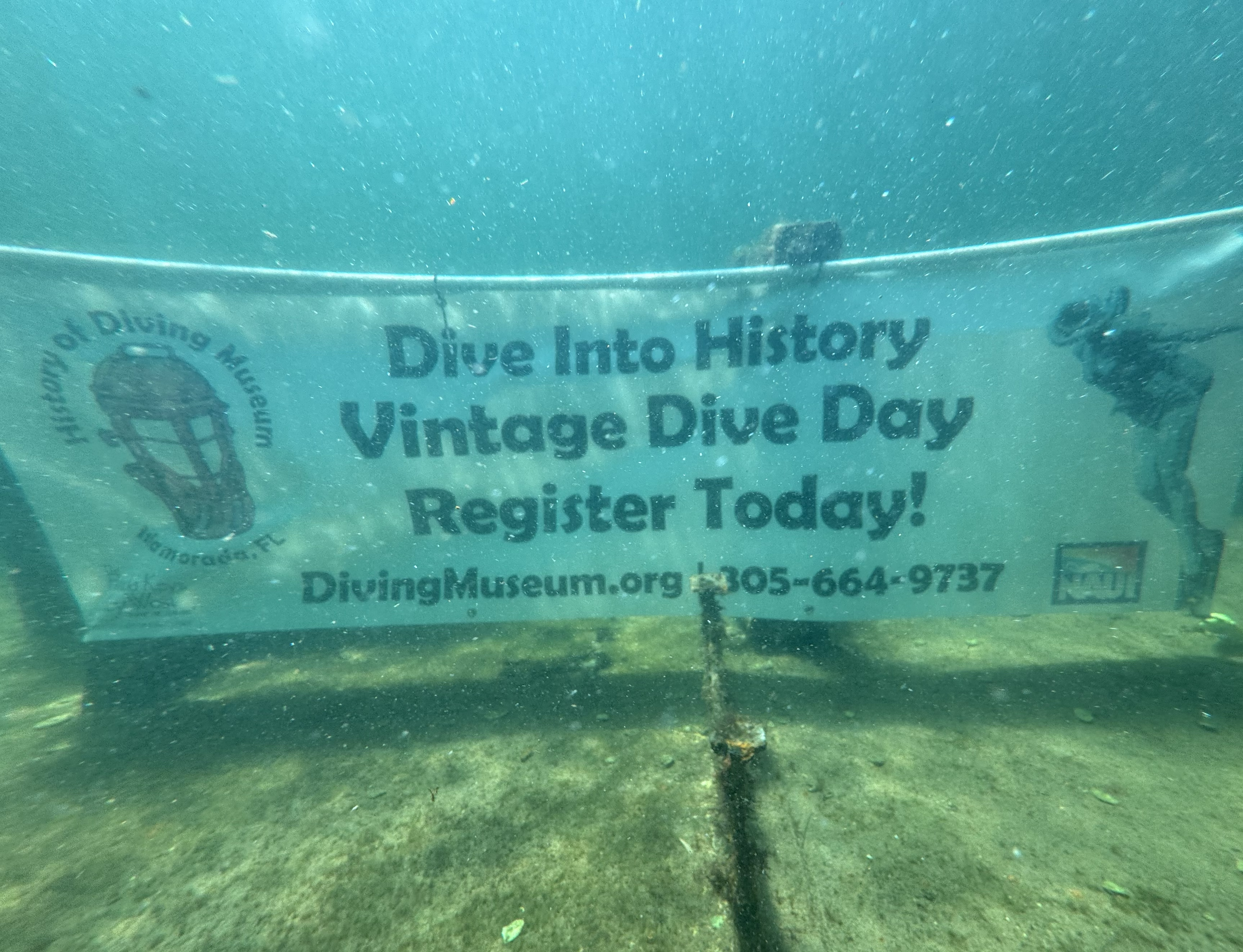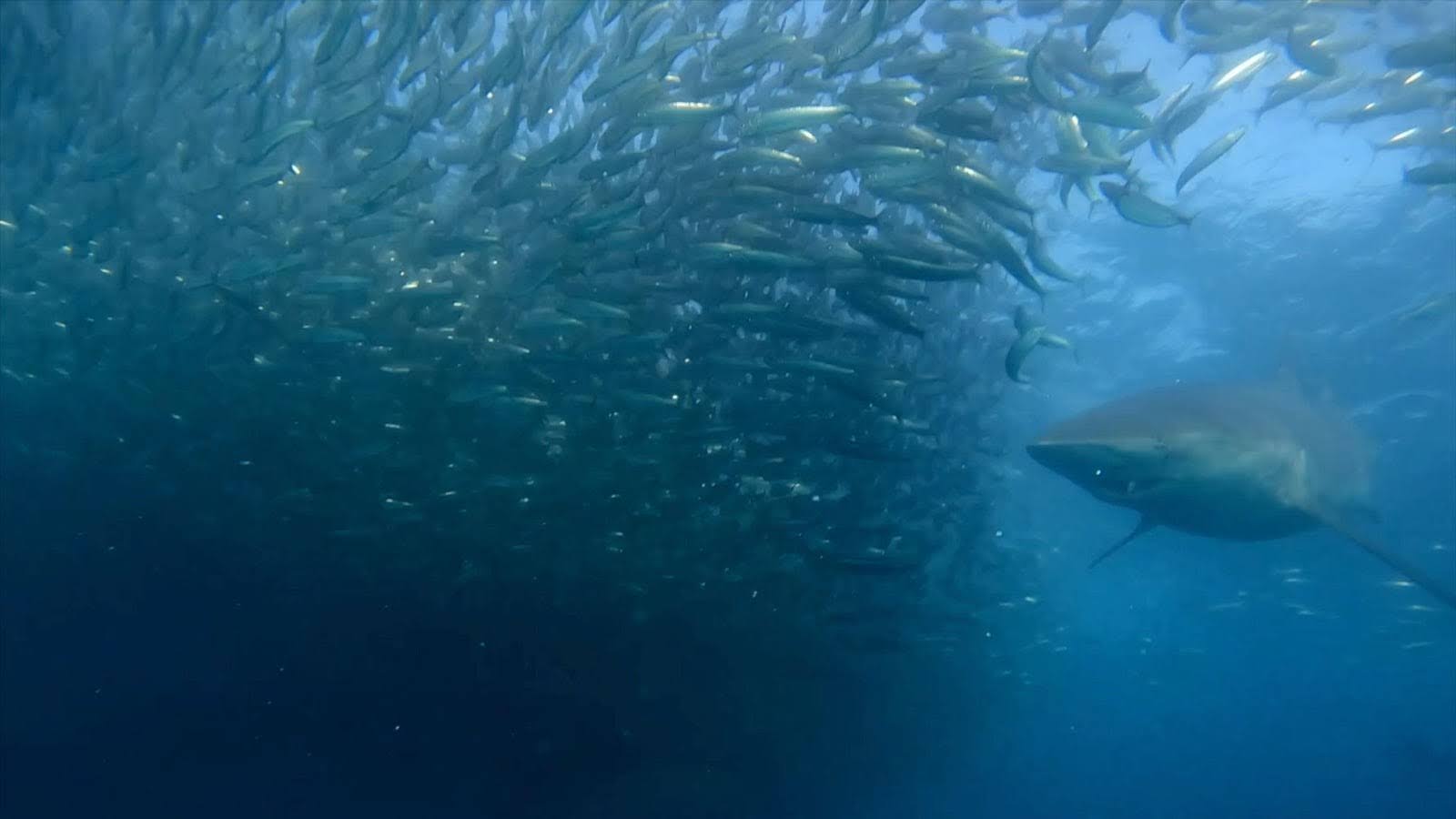Marine Search and Rescue (MSAR) is a division of the East Baton Rouge Sheriff’s Office (EBRSO). MSAR is responsible for surface and subsurface water operations in East Baton Rouge Parish. Surface water operations include security for the port area, boating safety enforcement, and water rescue. The MSAR Division Dive Team conducts all subsurface water operations.
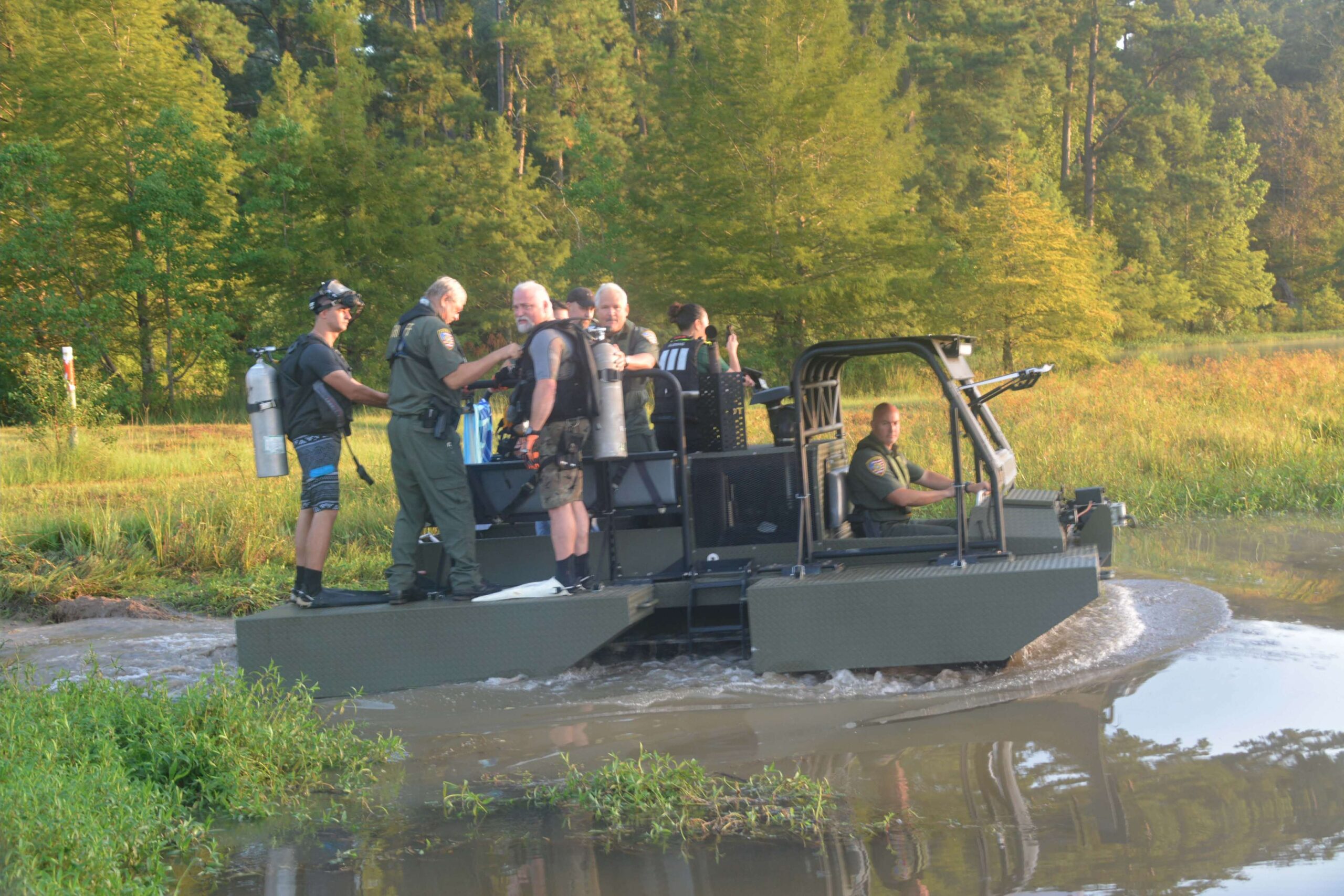
Port security in the Baton Rouge area is accomplished by a joint effort of the U.S. Coast Guard and Joint Task Force 7, a counterterrorism task force formed by several sheriffs in the Baton Rouge area. EBRSO is the lead agency of Joint Task Force 7 (JTF7), and MSAR serves in both the administrative and operational roles for the task force. Mark Smith (NAUI 5515) and Underwater Adventures provide the NAUI Public Service Diver training and non-PSD training for all the agencies in the Baton Rouge area.
The EBRSO Dive Team has completed a wide variety of missions including person-in-water rescue/recovery, evidence recovery, searching through sunken vessels, ship hull scans, vehicle recovery, and numerous other related operations. Our team consists of 12 deputies who all have minimum training in open water, rescue and public safety diving. Under the NAUI PSD training program, divers have completed Kirby Morgan helmet, surface supplied air, full face mask, and drysuit training. Our philosophy centers around remaining thoroughly trained on the fundamentals and self-rescue skills, while regularly practicing more advanced techniques.
Evidence search and recovery operations for weapons are the most frequent type of dive operations conducted by the EBRSO team. These are almost always in a shallow, black-water environment with a muddy bottom and unknown underwater hazards. To assist in the risk management, our maritime team first conducts a sweep of the area using side-scan sonar, if possible. This provides valuable information to the dive supervisor concerning entanglement hazards, entry/exit points and water depth before anyone enters the water.
During weapon recovery dive operations, divers face numerous hazards. One source is the environment, such as entanglement or laceration. Another hazard often overlooked is the hazard of the weapon itself. Handling a sharp knife with no visibility can pose a significant threat to the diver, and quality gloves are a necessity. Recovering firearms in zero visibility conditions also pose a great risk.
A firearm can function underwater and can be lethal to divers in close proximity if the weapon fires. As law enforcement officers, we are trained in safe weapon handling in the academy and throughout our careers. Handling a weapon underwater is as dangerous as handling a weapon on the surface.
Muzzle control and trigger awareness are key safety factors in firearm recovery, and firearms handling and safety training are part of our regular training program. Our NAUI Public Safety Diver program incorporates safe weapon handling for both edged weapons and firearms.
Weapon Recovery Example
Once the weapon is found and secured by the primary diver, the standby diver is deployed with the evidence container. This is an 8-inch-diameter PVC pipe capped on one end and with a screw cap tethered to the container on the other end. To make the container neutrally buoyant, the standby diver removes the cap, fills the container with water and replaces the cap. The container is then hooked to a “D” ring on the diver’s BC using a carabiner. The tender or the dive operations supervisor communicates to the primary diver that the standby is approaching. The standby diver follows the tether line to the diver, and once physical contact is made, disconnects the container, removes the screw top, hands the container to the primary diver, and returns to the surface.
The primary diver grasps the container at the mouth, places the weapon in the container, replaces the cap, attaches the container to a BC “D” ring, and communicates “I am coming up” to the tender. Chain of custody is maintained for the evidence container with the weapon inside until the agency laboratory in charge of the investigation receives the evidence. This process minimizes the handling of the weapon and increases the safety for all persons involved. By having only one diver in physical contact with the weapon, the chain of custody is kept to a minimum. Only the laboratory personnel should drain the water from the evidence tube and make the weapon safe.
The Brad G
During the Great Flood of 2016, EBRSO acquired a Hydratrek D2488B, amphibious multipurpose vehicle. Sheriff Gautreaux named the amphibious vehicle the “Brad G” in honor of Deputy Brad Garafola, who was killed in the line of duty in the July 17, 2016, shootings in Baton Rouge.
The Brad G’s primary mission is the rescue of persons in flooded areas where the capability of an all-terrain vehicle and a boat is needed. It’s a track system vehicle on land, and once in the water, it converts the hydraulic power to a dual inboard propeller system. The propellers are shrouded to prevent contact with anything in the water. We improved stability in the water by adding port and starboard flattop pontoons that stabilize the vehicle and serve as wide walkable platforms.
When transporting the Brad G on a trailer, the pontoons fold upward and secure to the frame. The Brad G has port and starboard ladders that fold out of the way when transporting. When deployed they are angled with the bottom outward with handrails. It’s more stable and provides easier entry and exit on the water than a commercial dive boat.
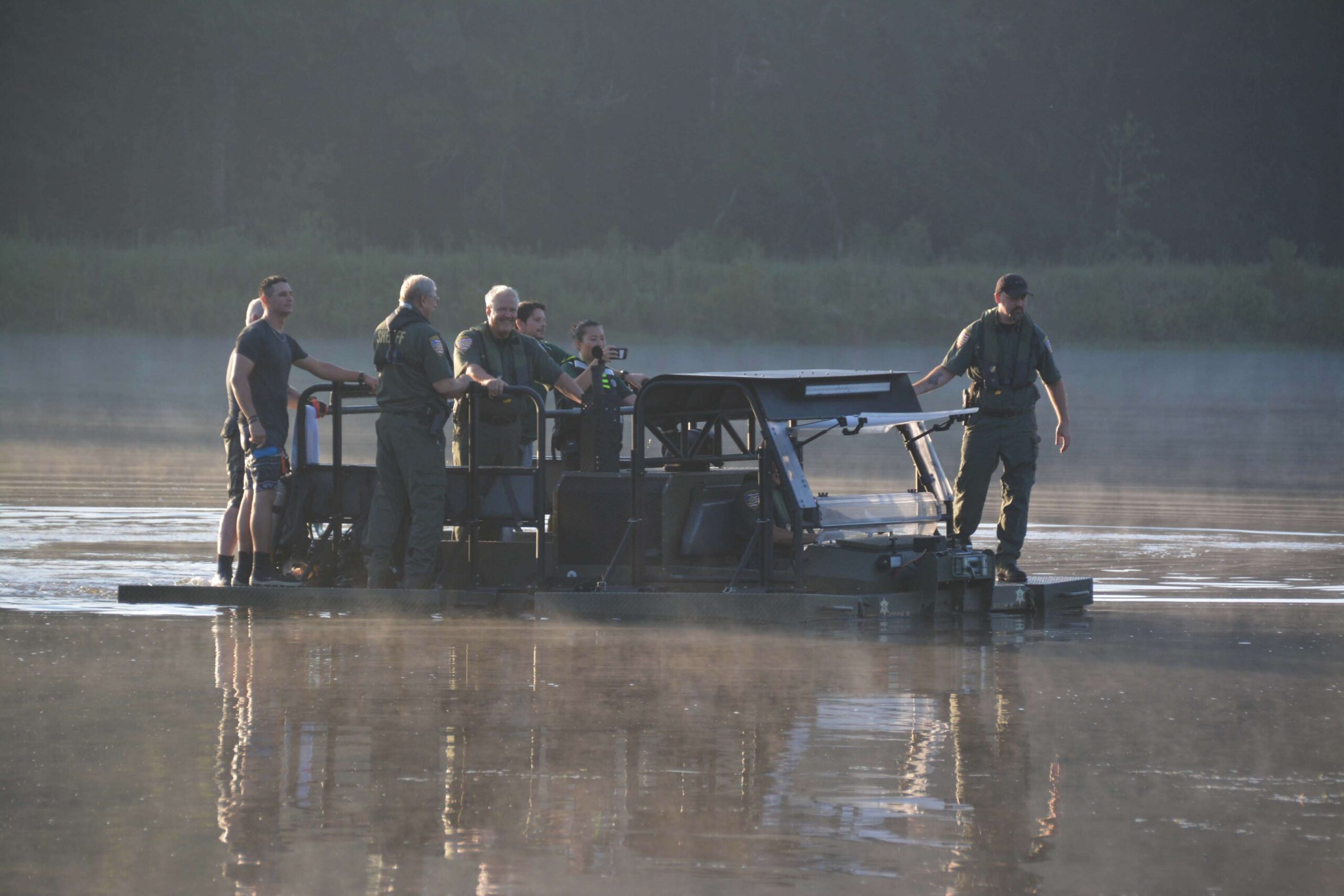
We tested the Brad G during a recent dive training operation. We loaded the dive gear and a six-man team (including the operator) while on land and deployed it in the pond. Once in the pond, the operator converted to prop system and motored to the dive site. There, the operator secured the Brad G in place using two push poles that slip through channel slots, burying the poles in the mud.
It’s extremely stable in the water and has the room to comfortably accommodate any size dive team and equipment for this type of operation. Once the push poles are secure, it’s like diving from an anchored pier. Another advantage is the ability to go where a boat on a trailer cannot.
In our trial run, we found the Brad G served as an excellent dive platform. The ease of water access and stability made it superior to any small boat used as a dive platform. As an all-terrain vehicle, we can load our gear and divers on the Brad G prior to entering the water. This simplified process of loading increases the safety and ease of conducting dive operations in lakes and ponds. We plan to regularly use the Brad G for diving operations.
If you are interested in learning more about our public safety diver training program or the Brad G, contact the East Baton Rouge Parish Sheriff’s Office MSAR Division Commander Darryl Armentor at gro.o1743763720srbe@1743763720rotne1743763720mraD1743763720 or the author Darwin Passman at gro.o1743763720srbe@1743763720namss1743763720apd1743763720.
